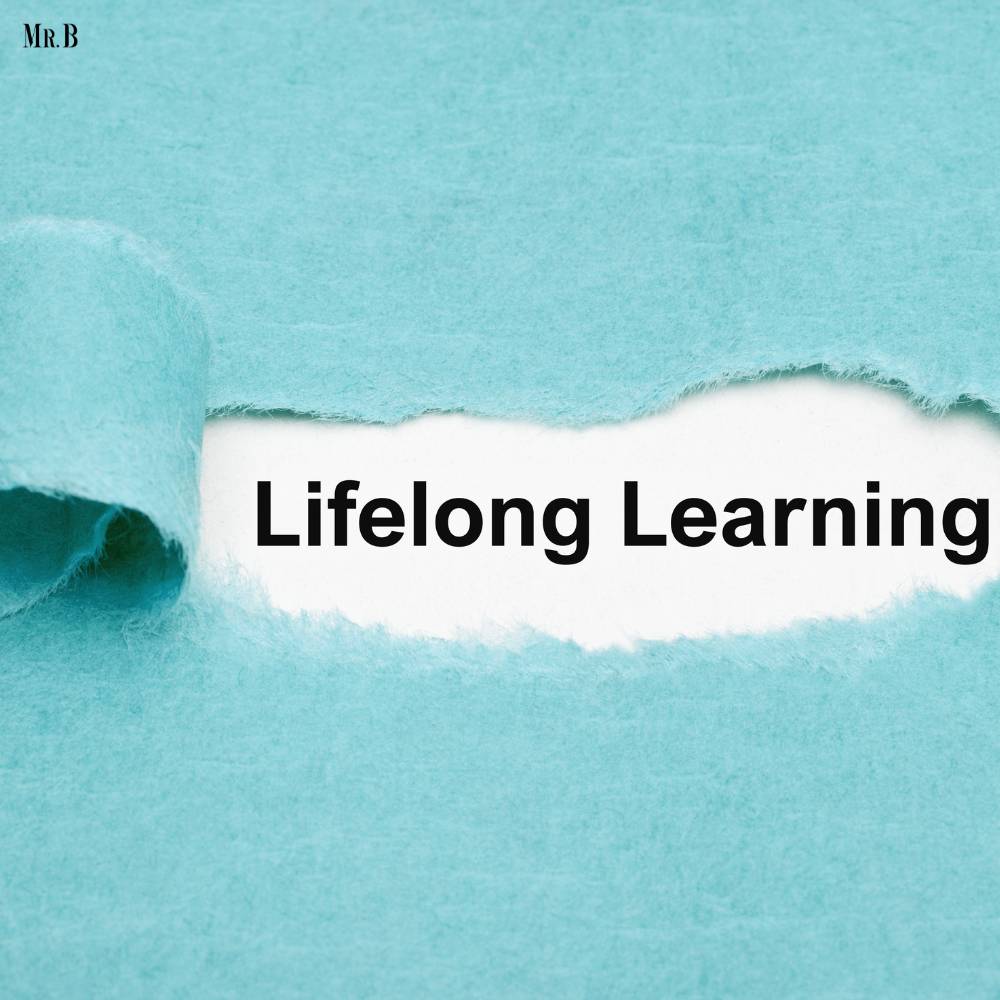As the global economy keeps evolving, the need for a highly skilled and adaptable workforce has never been greater. To meet this demand, an increasing number of businesses are forging partnerships with educational institutions. These collaborations are not only reshaping the way students are prepared for the workforce but are also benefiting companies by ensuring a pipeline of skilled talent.
In this article, we will explore the workforce development in the fusion of education and business, highlighting the strategies and success stories that are paving the way for the future of workforce development.
1. Power of Collaboration in Workforce Development
One of the most significant trends in recent years is the growing collaboration between businesses and educational institutions. This partnership can take various forms, including internships, apprenticeships, curriculum development, and even the establishment of corporate-sponsored educational programs. In regard to workforce development, the fundamental goal is to bridge the gap between the skills students acquire in their academic pursuits and the skills required in the workplace.
Case Study: IBM’s P-TECH Initiative

IBM’s Pathways in Technology Early College High School (P-TECH) program is a prime example of a successful collaboration between a corporation and the education sector. P-TECH schools offer a unique six-year program that combines traditional high school education with college-level coursework and workplace experience. Students graduate with both a high school diploma and an associate degree, making them highly attractive to employers.
IBM partners with P-TECH schools to provide mentoring, internships, and job opportunities to students. The result? A talent pipeline with precisely the skills IBM needs for its workforce. This program has expanded beyond IBM, with other companies recognizing the value of such partnerships in securing their future workforce.
2. The Impact on Education
These partnerships also have a profound impact on education. Educational institutions are becoming more attuned to the needs of the job market, leading to curriculum adjustments that emphasize practical skills and real-world application. This shift not only benefits students but also helps institutions remain relevant and competitive.
The infusion of real-world experience into the educational process can inspire students, making their learning more engaging and purposeful. When students see the direct connection between what they are learning and future career opportunities, they are often more motivated to excel.
3. Technology’s Role in the Blend
Technology plays a pivotal role in the marriage of education and business. Online learning platforms, virtual reality simulations, and AI-powered educational tools are transforming the way students acquire knowledge and skills. These tools allow for more personalized and adaptive learning experiences, catering to the individual needs and pace of each learner.

Technology enables businesses to offer remote internships and training programs, reaching a broader pool of talent and breaking down geographical barriers. This digital transformation is reshaping not only how education is delivered but also how businesses engage with educational partners.
Case Study: Google’s Grow with Google
Google’s “Grow with Google” initiative is a testament to the transformative power of technology in education and business collaboration. Through this program, Google offers free online courses and training in digital skills. These courses are not only available to individuals but also accessible to educational institutions, enabling them to integrate Google’s curriculum into their programs.
Educators can take advantage of Google’s resources to teach relevant digital skills, ensuring that their students are well-prepared for the demands of the modern workforce. Simultaneously, Google benefits from having a workforce with the digital competencies it requires.
4. Challenges and Future Prospects
When it comes to workforce development, the partnership between businesses and educational institutions holds tremendous promise. However, it is not without its challenges. One significant hurdle is the disconnect between the traditional academic calendar and the rapidly evolving needs of the job market. Academic programs often have long development cycles and may not keep up with the latest industry trends. To address this, institutions and businesses need to maintain open channels of communication to ensure that curriculum adjustments are timely and relevant.
In addition, there can be disparities in the quality of education and training offered by different institutions. Not all educational programs are created equal, and businesses must carefully select their partners to ensure that graduates meet their skill requirements for better workforce development. This necessitates a thorough vetting process and ongoing monitoring of the educational quality.
The financial aspects of such partnerships can be complex. Who bears the cost of education, and how is the return on investment measured? These questions require careful consideration and often involve negotiations between educational institutions and businesses.
However, despite these challenges, the future prospects for the partnership between education and business are exceptionally promising. The global knowledge economy is evolving at an unprecedented pace, creating a strong incentive for these collaborations to thrive. Here are some key future trends to watch related to workforce development:

1. Lifelong Learning and Upskilling: As automation and AI continue to reshape industries, the concept of lifelong learning will become even more critical. Businesses will need to invest in ongoing education and upskilling programs to keep their workforce relevant. Collaborations with educational institutions will be vital in delivering these programs effectively.
2. Online and Remote Learning: The COVID-19 pandemic accelerated the adoption of online learning, making it a permanent fixture in education and training. Even post-pandemic, remote learning will continue to offer flexibility and accessibility, allowing businesses to reach a broader and more diverse talent pool.
3. Competency-Based Education: Traditional degrees are giving way to competency-based education, where skills and knowledge take precedence over formal qualifications. This shift aligns with the needs of businesses, which are more interested in hiring candidates with practical skills.
4. Industry-Specific Academies: For their workforce development, some businesses are taking a more hands-on approach by establishing in-house training academies. These academies focus on teaching the specific skills needed for their industry, ensuring that graduates are job-ready from day one.
5. Data-Driven Decision-Making: Both businesses and educational institutions will increasingly rely on data analytics to inform their decisions. Data will help tailor education and training programs to specific industry demands, ensuring graduates have the right skills for the job market.
Summing Up
The partnership between businesses and educational institutions is a dynamic relationship that is restructuring the future of workforce development. As we move forward, we can expect even deeper collaborations that will further blur the lines between learning and work. By nurturing these partnerships, we can make sure that the workforce is not only well-prepared for the future but also adaptable to the demands of the global economy.







